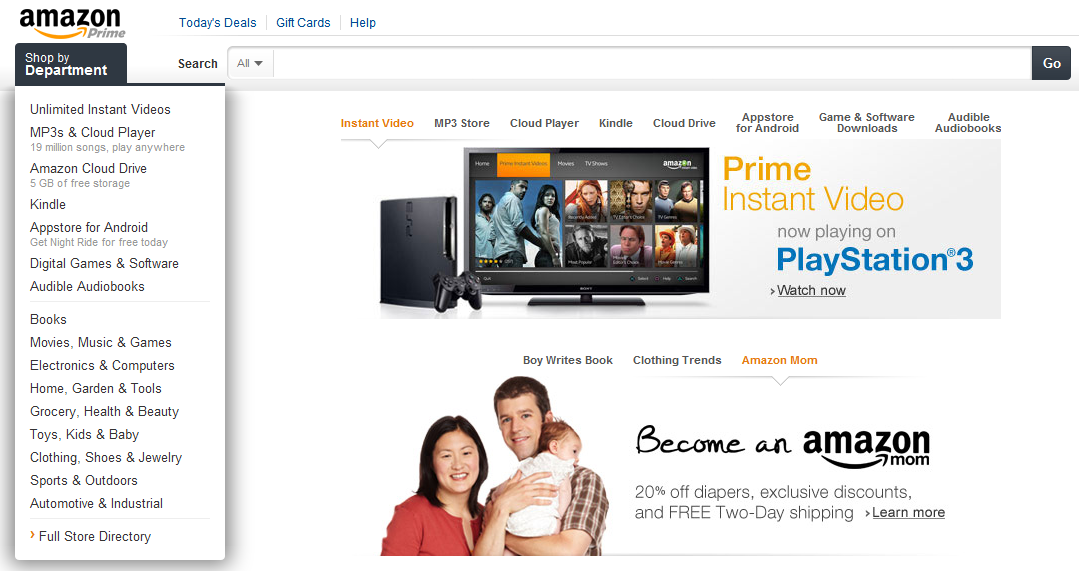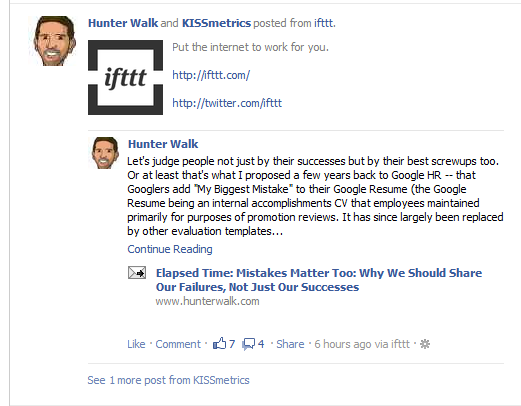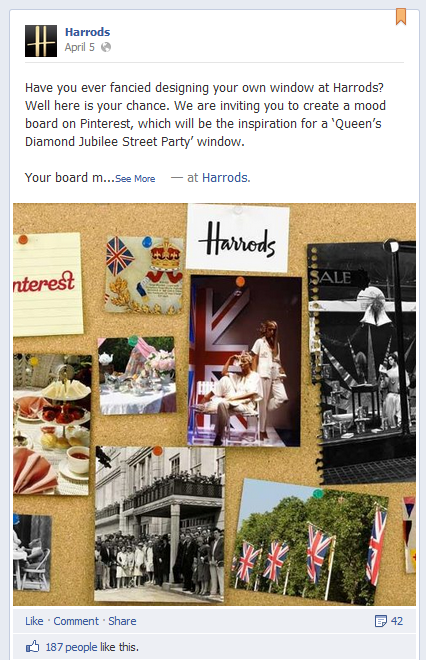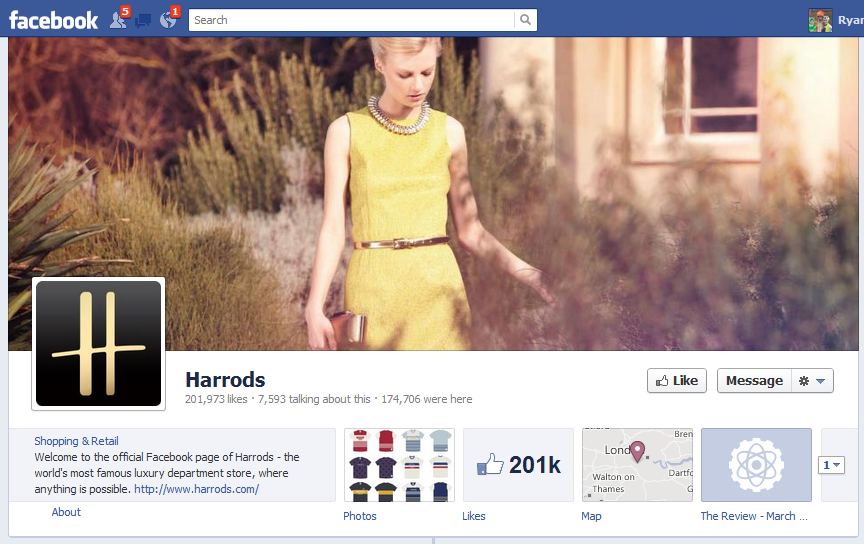When Facebook for iPad launched over a year ago, I surmised that the "Apps" section would be its most disruptive move. The Apps section essentially highlighted Facebook Connected mobile applications and allowed you to quickly access / search them. While not a prominent feature of the iPhone / iPad experience - I still believe this is a big opportunity... particularly should Facebook decide to own their own mobile experience / platform.
It is worth noting that a similar experience exists - and is being promoted - on the web. Here is an example from a Facebook post I crafted about Wantful and 'tagged' it using @Wantful.
That of course hyperlinks Wantful - but Facebook allows you to choose whether you prefer to link to the page, the app or other content (ie location). I am not entirely sure why Facebook chooses to default to different formats at different times... but they do. And that alone is interesting because in this example, the @Wantful link goes directly to Wantful.com as a Facebook Connected App ("Use Now") rather than the fanpage. Big shift. The word "Use" is alone a big idea and shift.
Separately - if you have not yet tried Wantful, give it a spin. It is a better way to give gifts - it's social, fun, personal and thoughtful. I have given a couple dozen of them and, without fail, people love receiving them... the reaction and response is really enjoyable. I am excited to be involved!
Learn more here: Wantful, Gift-Giving Start-Up, Announces Funding (New York Times)












